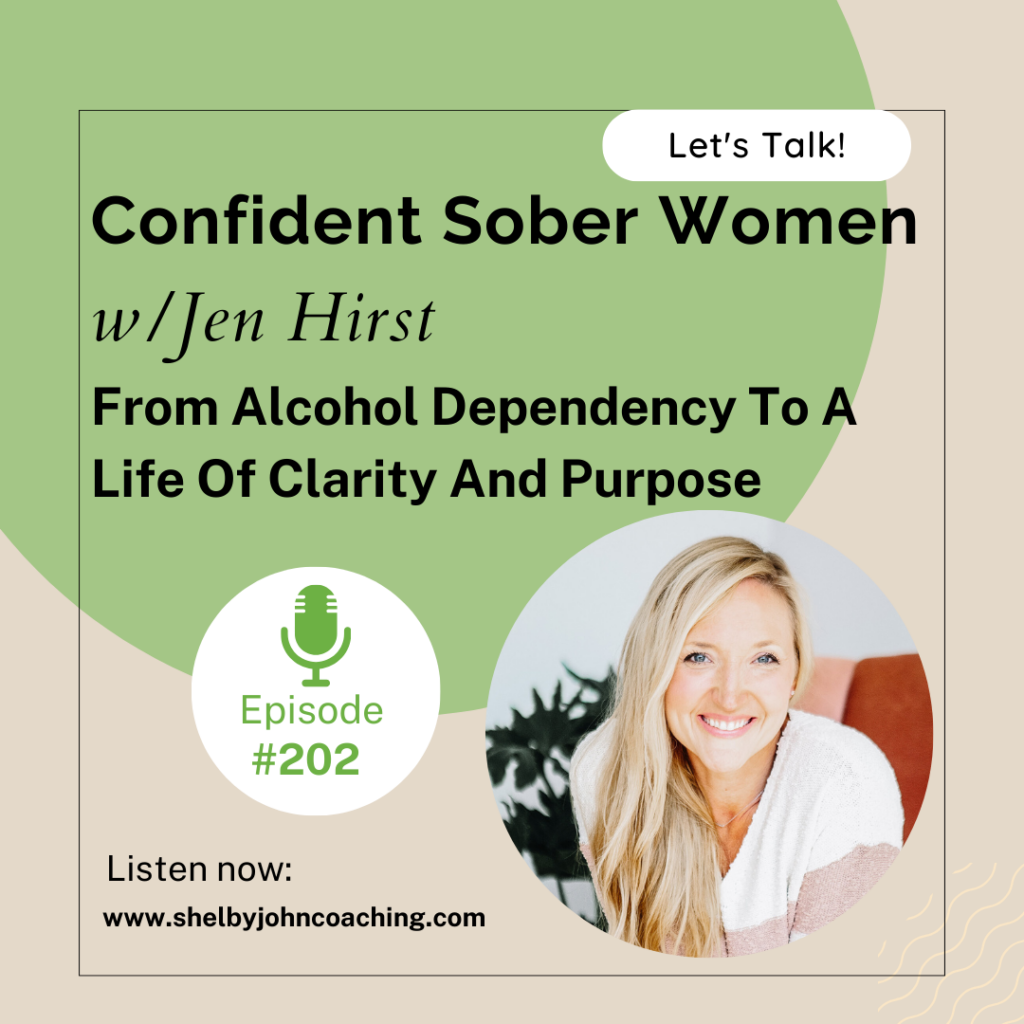Neurofeedback for Addiction: Transforming Recovery Through Brain Training
Filed in Mental Health — February 19, 2025

In my latest Confident Sober Women podcast episode featuring Jen Hirst, founder of the Lighthouse Society, we explored groundbreaking approaches to addiction recovery. While traditional methods remain valuable, emerging technologies like neurofeedback therapy are revolutionizing how we approach sustainable sobriety. Let’s dive into how these innovative treatments like Neurofeedback for addiction, combined with proven recovery strategies, can create lasting transformation in your recovery journey.

Understanding the Brain’s Role in Addiction
Sobriety isn’t just about willpower—it’s about rewiring your brain for success. Addiction literally changes your brain’s neural pathways, which is why traditional approaches alone sometimes fall short. This is where neurofeedback therapy for addiciton comes in, offering a scientific approach to healing these neural patterns.
What is Neurofeedback Therapy?
Neurofeedback, or EEG biofeedback, is a non-invasive treatment that helps your brain create healthier patterns. Think of it as physical therapy for your brain. During sessions, sensors monitor your brain activity while you watch a video or play a game. Your brain receives immediate feedback, learning to self-regulate and create healthier patterns naturally.
The Science Behind Neurofeedback for Addiction
Research shows that neurofeedback therapy can:
- Reduce cravings and impulsivity
- Improve emotional regulation
- Enhance sleep quality
- Decrease anxiety and depression symptoms
- Strengthen focus and decision-making abilities
As Jen shared in our conversation, managing emotions often leads people down the path of addiction. Neurofeedback therapy directly addresses this by helping the brain develop better emotional regulation capabilities.
Combining Neurofeedback with Traditional Recovery Approaches
Building a Strong Foundation
Jen’s journey highlights the importance of layering recovery tools. When combined with neurofeedback therapy, these strategies become even more effective:
1. Boundary Setting
While neurofeedback therapy helps regulate your brain’s response to triggers, setting clear boundaries protects your recovery journey. As Jen emphasized, boundaries aren’t just about saying “no” to substances—they’re about creating a life that supports your wellbeing.
2. Gratitude Practice
Neurofeedback therapy strengthens the brain’s positive response patterns. Combining this with daily gratitude practices creates a powerful synergy. Try these approaches:
- Morning gratitude journaling
- Evening reflection on daily wins
- Weekly gratitude sharing with support groups
3. Physical Wellness
Your brain’s health is intimately connected to your body’s wellbeing. Consider:
- Regular exercise to boost neurotransmitter production
- Proper nutrition to support brain function
- Adequate sleep for neural repair
- Hydration for optimal brain performance
The Role of Community Support
While neurofeedback therapy works on the biological level, community support addresses the social aspects of recovery. The Lighthouse Society’s approach, combined with neurofeedback therapy, creates a comprehensive recovery program that addresses both the neurological and social aspects of addiction.
Practical Steps to Start Your Journey
1. Assess Your Needs
Start by downloading our free guide “Is Neurofeedback Therapy Right for You?”. This comprehensive assessment will help you understand how neurofeedback might benefit your specific situation.
2. Begin Small
Start with these foundational habits:
- Set one clear boundary daily
- Practice 5 minutes of mindfulness
- Write down three specific gratitudes
- Stay hydrated
- Move your body for 10 minutes
3. Consider Remote Neurofeedback Therapy
Our remote neurofeedback program makes this cutting-edge treatment accessible from the comfort of your home. You’ll receive:
- Personalized treatment protocols
- Regular progress monitoring
- Professional support throughout your journey
- Integration with other recovery tools
You can learn more about remote Neurofeedback therapy for addiction on my website www.shelbyjohn.com.
Success Stories and Scientific Evidence
Recent studies show that individuals who combine neurofeedback therapy with traditional recovery approaches experience:
- 35% reduction in cravings
- 40% improvement in sleep quality
- 45% decrease in anxiety symptoms
- 50% better emotional regulation
Your Next Steps
Recovery is a journey, not a destination. By combining neurofeedback therapy with proven recovery strategies, you’re giving yourself the best chance at sustainable sobriety.
Ready to transform your recovery journey? Take these steps today:
- Download our free guide “Is Neurofeedback Therapy Right for You?” at www.shelbyjohn.com
- Schedule a complimentary consultation to discuss our remote neurofeedback program
- Join our supportive community of individuals committed to sustainable recovery
Conclusion
As Jen’s story demonstrates, recovery is possible with the right tools and support. By integrating neurofeedback therapy with proven recovery strategies, you’re not just working toward sobriety—you’re rewiring your brain for lasting transformation.
Don’t wait to begin your journey toward sustainable recovery. Visit www.shelbyjohn.com today to learn more about our remote neurofeedback therapy program and download your free guide.
Remember, you’re not just choosing sobriety—you’re choosing a new way of living, thinking, and being. Let us help you make that choice a reality through the power of neurofeedback therapy combined with proven recovery strategies.
This blog post is part of our ongoing series about innovative approaches to addiction recovery. For more information about neurofeedback therapy and other recovery tools, visit www.shelbyjohn.com.


